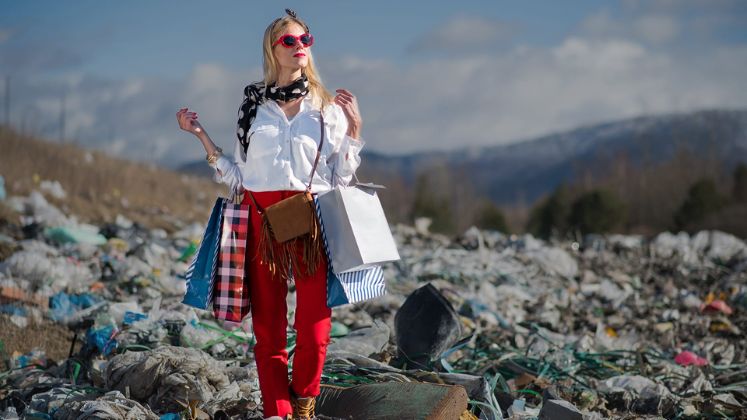
Luxury shoppers often seek out premium fabrics such as 100% wool or genuine leather, but these materials are responsible for a disproportionate share of the fashion industry’s methane emissions, according to a new study.
The paper, produced by researchers from New York University and Cornell University in collaboration with the non-profit organisation Collective Fashion Justice, is the first to calculate the fashion industry’s methane footprint. It found that although leather and wool account for just 3.8% of global apparel, their production generates 75% of fashion’s methane emissions.
Methane is 86 times more potent than carbon dioxide over a 20-year period, and emissions stem largely from ruminant animals such as cows, sheep and goats. The report also revealed that the global fashion industry emits about 8.3 million metric tonnes of methane annually—almost four times the amount released by France.
Emma Håkansson, founder of Collective Fashion Justice, said methane emissions remain a blind spot for the industry. She argued that consumers could help mitigate the problem by buying fewer new items and shopping second-hand, but stressed that manufacturers must take responsibility, noting that “you can’t fix what you don’t understand.”
Cashmere, though representing a small fraction of overall apparel, was highlighted as having particularly high methane intensity per kilogram. The report recommended greater use of recycled materials, particularly for wool and cashmere, where sustainable alternatives remain limited.
Concerns about discarded clothing are also mounting. The European Parliament is preparing legislation to hold producers accountable for textile waste, while major companies are exploring recycling solutions. Tapestry, owner of Coach and Kate Spade, recently expanded its investment in Generation Phoenix, which transforms leather scraps into recycled material.
Yet large-scale recycling faces significant hurdles. A recent report by Boston Consulting Group (BCG) found that 92% of the industry’s greenhouse gas emissions arise from textile production, from raw material extraction through to manufacturing. Recycling efforts are hampered by infrastructure gaps and the complexity of fabrics.
Catharina Martinez-Pardo, managing director and partner at BCG, said the problem lies in the way most garments combine natural and synthetic fibres such as cotton, polyester and elastane. She explained that most recycling technologies are still mechanical and can only process single-material fabrics, making blended textiles especially difficult to reuse.
The findings underline the urgent need for the fashion industry to confront methane emissions alongside carbon, while also addressing the challenges of waste and recycling.






